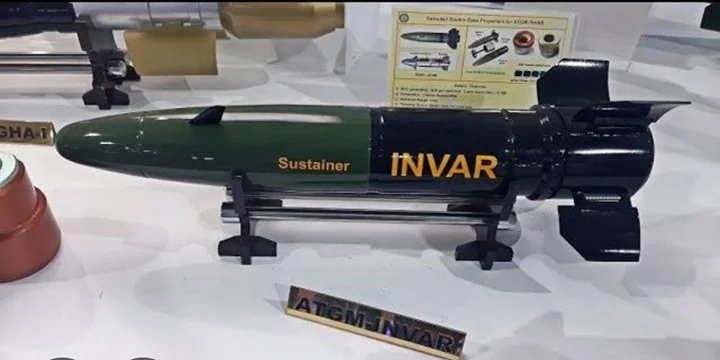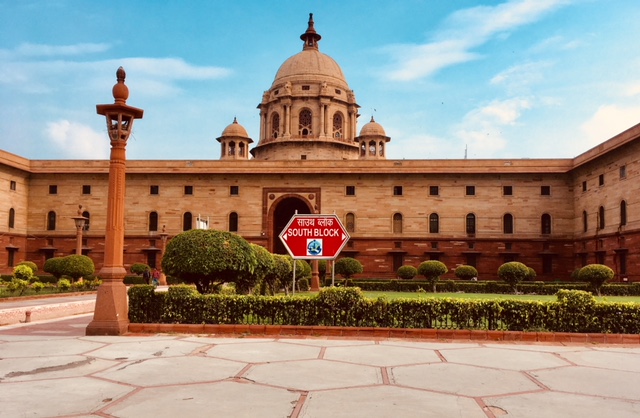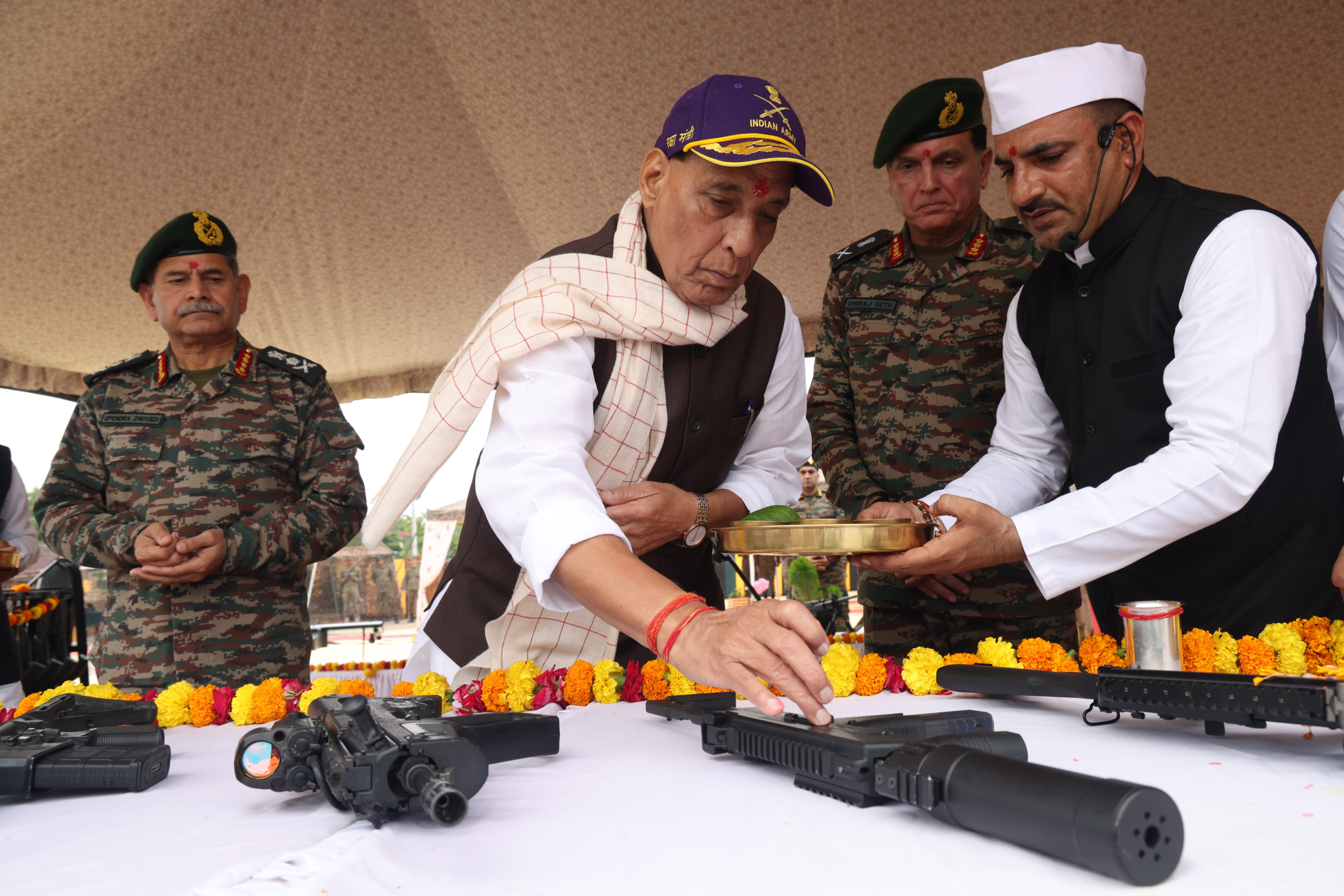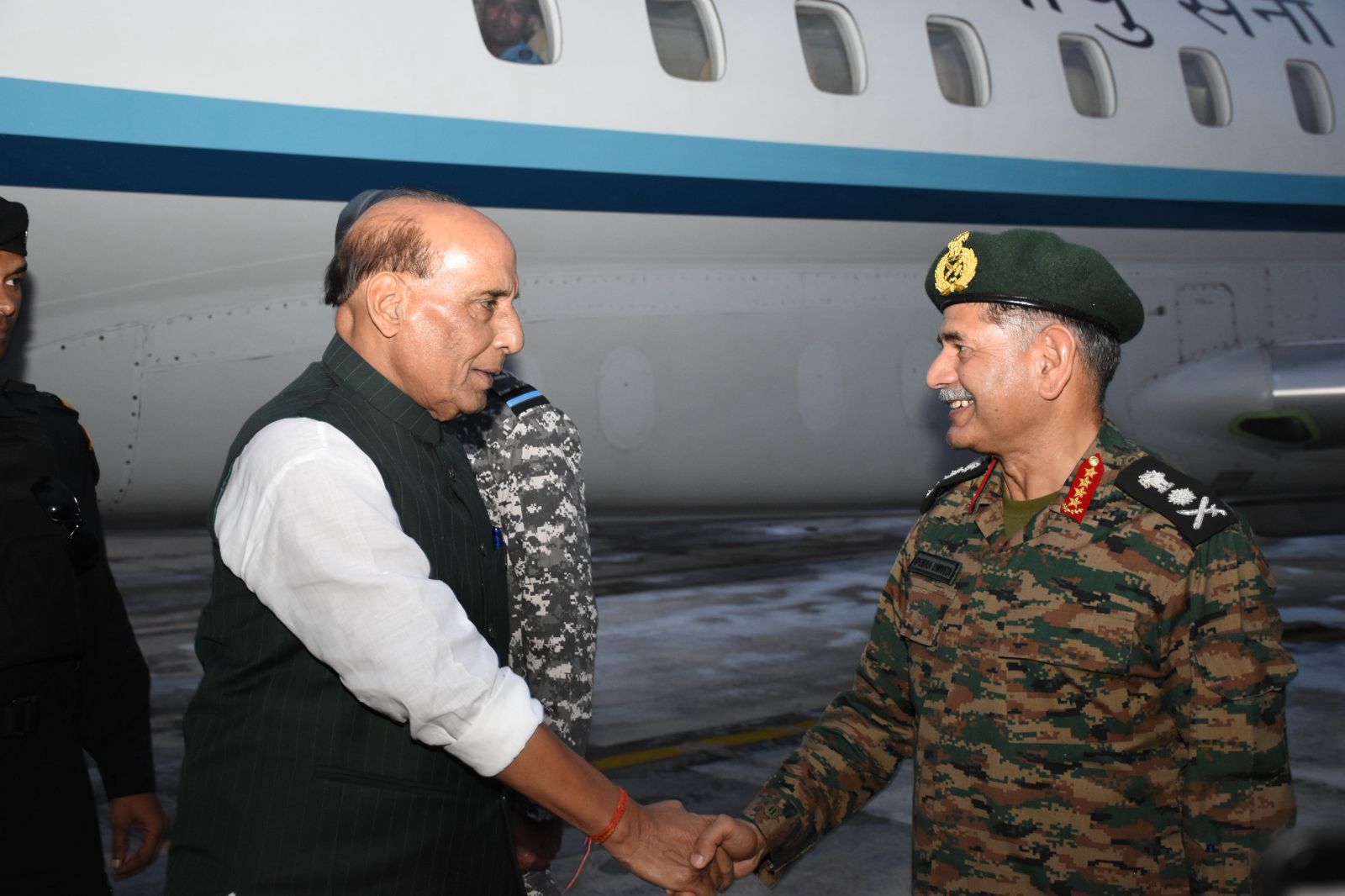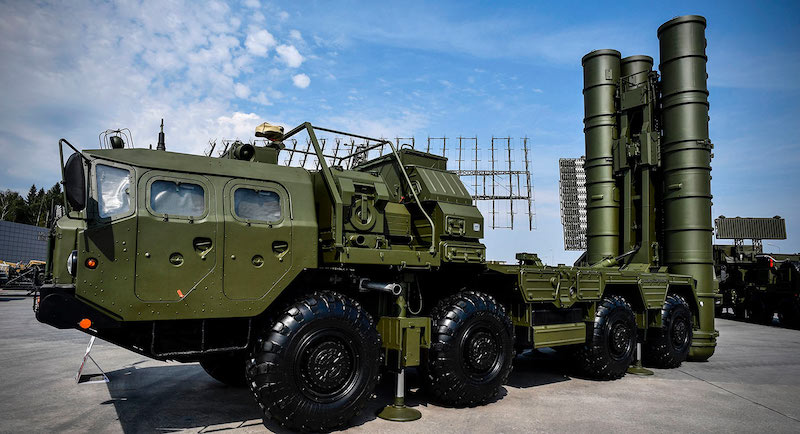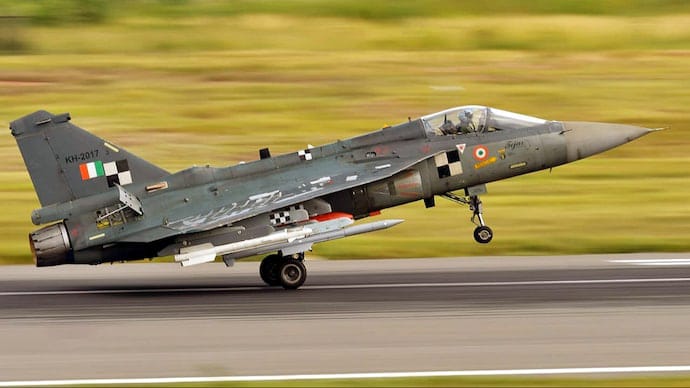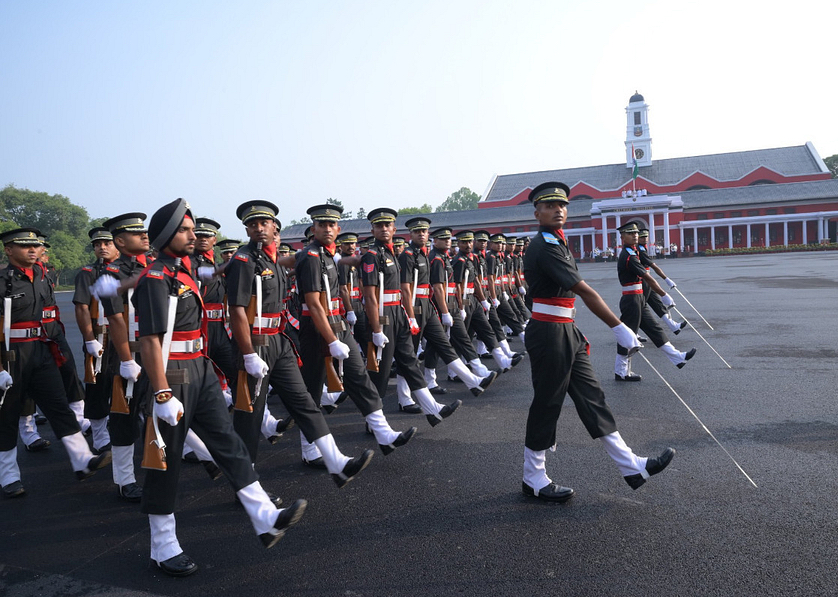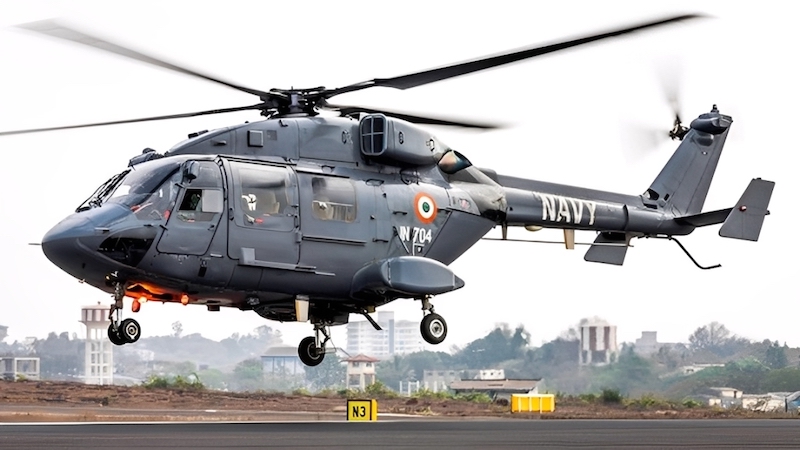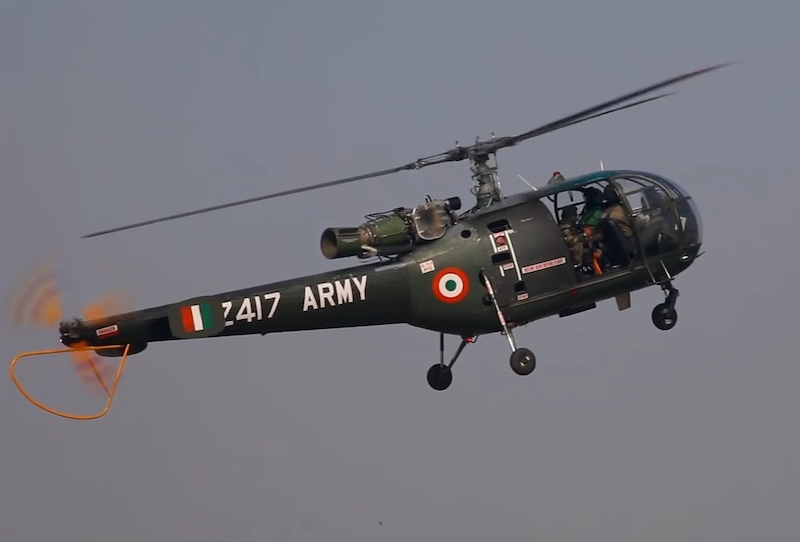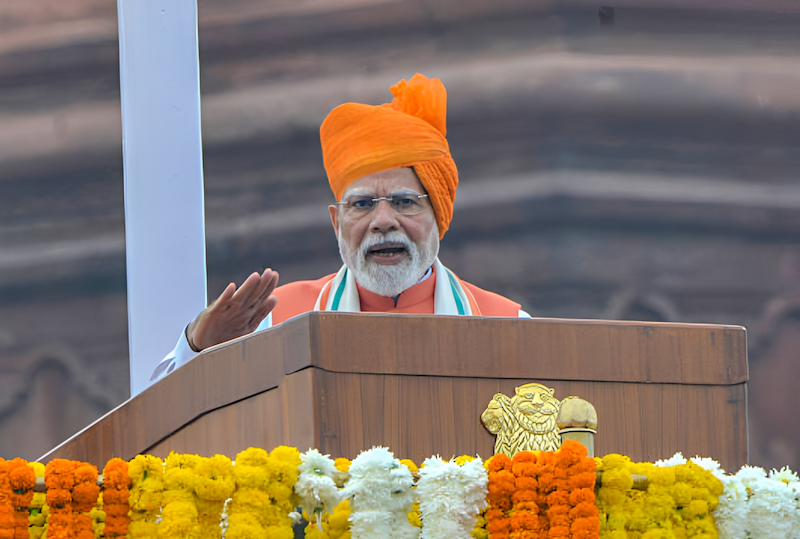 Narendra Modi during his Independence Speech from the Red Fort, on August 15, 2025.
Narendra Modi during his Independence Speech from the Red Fort, on August 15, 2025.
New Delhi: India has announced Mission Sudarshan Chakra, a comprehensive indigenous missile defence system designed to protect the country’s strategic installations and population centres from aerial threats. The prime minister, Narendra Modi, announced this during his Independence Day address from the ramparts of Red Fort on Friday.
This is seen as the most significant defence upgrade since the country’s nuclear tests in 1998.
The mission takes its name from the discus weapon of Lord Krishna in Hindu mythology, symbolizing precision and divine protection. The timing of the announcement appears closely linked to Operation Sindoor, conducted in May this year, when Indian air defences successfully neutralized multiple Pakistani drone and missile attacks targeting sites all along the western frontier from Ladakh to Gujarat.
What is Mission Sudarshan Chakra?
Mission Sudarshan Chakra will establish a three-layered missile-defence shield across air, land and maritime domains. The outer perimeter will deploy Project Kusha long-range surface-to-air missiles with engagement ranges of 150–350 kilometres, developed indigenously by the Defence Research and Development Organisation (DRDO) in partnership with Bharat Electronics Limited (BEL).
The middle layer will incorporate the Russian-origin S-400 Triumf system, operationally designated as Sudarshan Chakra in Indian service, providing 400-kilometre detection and engagement capabilities. (It is operated by the Indian Air Force.) The inner layer will use Akash Prime missile systems for terminal defence of critical installations within a 30–45-kilometre radius.
This layered approach will mirror successful models like Israel’s Iron Dome but will extend far beyond short-range rocket interception to include long-range detection and precision counter-strike capabilities. During Operation Sindoor, the S-400 system achieved what the Air Force chief, Air Chief Marshal Amar Preet Singh, described as the longest recorded surface-to-air missile kill at 314 kilometres, in which it successfully intercepted a Pakistani airborne early warning aircraft.
Indigenous development drive
Central to the mission is India’s commitment to self-reliant defence manufacturing under the Atmanirbhar Bharat initiative. Modi emphasized that “the entire modern system should be researched, developed, and manufactured in India, harnessing the talent of our youth.”
Project Kusha represents the indigenous cornerstone of this strategy, featuring three interceptor variants: the M1 for 150-kilometre threats, M2 for 250-kilometre engagements, and M3 extending to 350–400 kilometres. The system incorporates dual-seeker technology combining radar and infrared guidance with artificial intelligence-enabled decision support.
BEL anticipates orders worth approximately ₹40,000 crore for Project Kusha, with additional contracts for Quick Reaction Surface-to-Air Missile systems valued at ₹30,000 crore. Operational deployment is targeted for 2028-2030, with prototype development expected within 12–18 months.
Combat-proven capabilities
The effectiveness of systems forming Mission Sudarshan Chakra’s foundation was demonstrated during Operation Sindoor, when Pakistani forces launched coordinated attacks using drones, missiles, and aircraft against Indian cities including Jammu, Amritsar, Ludhiana and Bhuj.
India’s Integrated Air Command and Control System (IACCS), developed by BEL, successfully coordinated multi-layered defence systems to neutralise the threats. The S-400 system intercepted 15 missiles targeting military installations, while the overall network achieved comprehensive protection across multiple fronts.
The IACCS will integrate weapon platforms including Akash, Barak-8, MR-SAM and S-400 missiles, which will enable rapid coordinated responses. Recent AI enhancements have improved threat tracking and weapon allocation efficiency, processing information from multiple radar types, airborne warning and control system aircraft, unmanned aerial vehicles and mobile observation posts.
Network-centric warfare integration
Mission Sudarshan Chakra will leverage the Air Force Network (AFNET), a high-speed fibre-optic communication grid facilitating instantaneous data sharing among sensors, fighter jets, missile systems and command centres. This network-centric approach enables seamless coordination between air, land and naval assets.
The system will extend beyond military networks to incorporate civilian radars and air traffic control systems, creating comprehensive air situation awareness. Advanced sensor fusion will combine inputs from multiple sources, with AI-enhanced decision support optimising weapon assignments and engagement sequences.
Cyberwarfare components will address digital threats including hacking and phishing attempts, which will reflect modern warfare’s multi-dimensional nature. The system will include 30-kilowatt direct energy weapons designed as laser systems to counter drone swarms, providing cost-effective solutions against lower-tier threats.
The mission announcement follows escalating regional security challenges, particularly Pakistani army chief Field Marshal Asim Munir’s nuclear threats delivered during a visit to the United States in August 2025. A former Pentagon official reportedly described Munir’s statements as resembling “Osama bin Laden in a suit,” including threats to destroy Indian infrastructure and “take half the world down” with Pakistan in an existential crisis.
India’s suspension of the Indus Waters Treaty following the Pahalgam terrorist attack represents a shift towards multi-domain responses to Pakistani aggression. The combination of strategic water resource control and comprehensive air defence capabilities demonstrates India’s evolving security architecture.
Implementation timeline and budget
Mission Sudarshan Chakra follows a four-phase timeline extending to 2035:
*Phase 1 (2025–2027): Research, development, system integration
*Phase 2 (2028–2031): Production capability scaling
*Phase 3 (2032–2034): Integrated system testing and piloting
*Phase 4 (2035): Full deployment and operational capability
India’s defence budget for 2025-26 stands at ₹6.81 trillion, representing a 9.5% increase. Following Operation Sindoor, the government announced an additional ₹50,000 crore allocation, potentially raising total defence spending above ₹7 lakh crore.
Capital expenditure allocation of ₹1.80 lakh crore for defence modernization and procurement provides the financial foundation for implementation. Priority deployment will protect critical infrastructure and major population centres before extending to smaller cities and rural areas.
Industrial impact
The mission represents a significant catalyst for India’s defence-manufacturing ecosystem, involving collaboration between public sector entities, private companies and research institutions. BEL’s role as primary systems integrator could generate contracts exceeding ₹70,000 crore across various components.
Unlike traditional defence acquisitions relying on foreign technology transfer, Mission Sudarshan Chakra emphasizes indigenous research and development, ensuring technological sovereignty while building long-term capabilities.
The mission’s success could position India as a major exporter of advanced defence systems. Countries including Vietnam, Brazil and the United Arab Emirates have reportedly expressed interest in Indian-manufactured air-defence technologies, potentially generating significant foreign exchange while establishing India as a reliable defence partner.
Future implications
Mission Sudarshan Chakra represents India’s transformation from defence importer to indigenous innovator capable of developing world-class military systems. Success will place India among the elite nations possessing comprehensive air and missile defence capabilities developed through domestic expertise.
Modi’s vision extends beyond 2035, with the mission serving as foundation for future innovations including hypersonic weapons, space-based sensors and next-generation electronic warfare systems. The modular architecture allows continuous upgrades, ensuring India maintains technological superiority against evolving threats.
The comprehensive nature of Mission Sudarshan Chakra – combining defensive shields, offensive strike capabilities, cyberwarfare components and space-based assets – positions India to address 21st-century multi-domain warfare while maintaining strategic autonomy in an increasingly complex global security environment.

